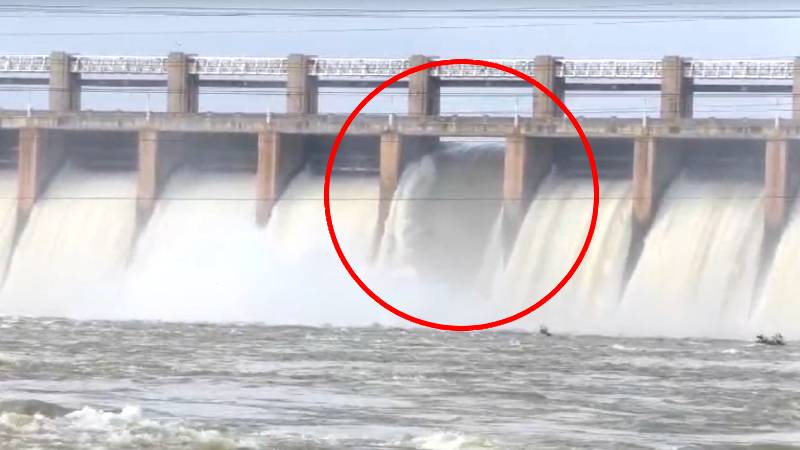Tungabhadra Dam: Importance and Recent Developments

Introduction
The Tungabhadra Dam, constructed across the Tungabhadra River in the southern state of Karnataka, is of significant importance to the agrarian economy of the region. It serves multiple purposes including irrigation, hydroelectric power generation, and flood control. As India grapples with water scarcity and agricultural challenges, the dam’s role becomes even more crucial.
Key Facts about the Tungabhadra Dam
Built in 1953, the Tungabhadra Dam is an integral part of the Tungabhadra Project initiated to support agriculture and improve the livelihood of farmers in the region. The dam has a total height of 49 meters and stretches over 2,250 meters across, forming a reservoir with a maximum storage capacity of 3.6 million cubic meters. This vast expanse of water is critical for irrigation over nearly 3 million acres of farmland in Karnataka and Andhra Pradesh.
Recent Developments
In 2023, the Tungabhadra Dam continues to be a focal point for discussions on sustainable water management. Recent reports indicate that the dam has undergone significant maintenance and upgrading to enhance its ability to withstand adverse weather events. This is particularly vital as climate change continues to impact rainfall patterns, leading to concerns about both floods and droughts in the region.
Moreover, initiatives have been launched to improve the efficiency of water usage from the dam. The government’s efforts towards modernizing irrigation techniques have been met with enthusiasm from farmers who rely heavily on this water source. In addition, the state government is planning to increase the dam’s hydroelectric power generation capacity to support the growing energy needs of the region.
Significance for the Future
The Tungabhadra Dam serves as a lifeline not just for agriculture but also for the surrounding communities that depend on it for drinking water and livelihoods. As India faces the challenge of water scarcity exacerbated by climate change, the emphasis on sustainable management of such resources has never been more critical.
Looking ahead, the ongoing maintenance and upgrades to the dam are expected to enhance its resilience against climate impacts. Additionally, increasing public awareness about water conservation will play a pivotal role in safeguarding this vital resource. Farmers and local communities are encouraged to participate in initiatives aimed at preserving water usage, ensuring that the Tungabhadra Dam continues to be a boon for generations to come.
Conclusion
The Tungabhadra Dam stands as a testament to the nexus of agriculture, energy production, and water management in India. As we move forward, addressing the challenges posed by climate change and population growth will be essential in maximizing the dam’s potential. This not only holds significance for local communities but also reflects broader national efforts towards sustainable development and food security.









